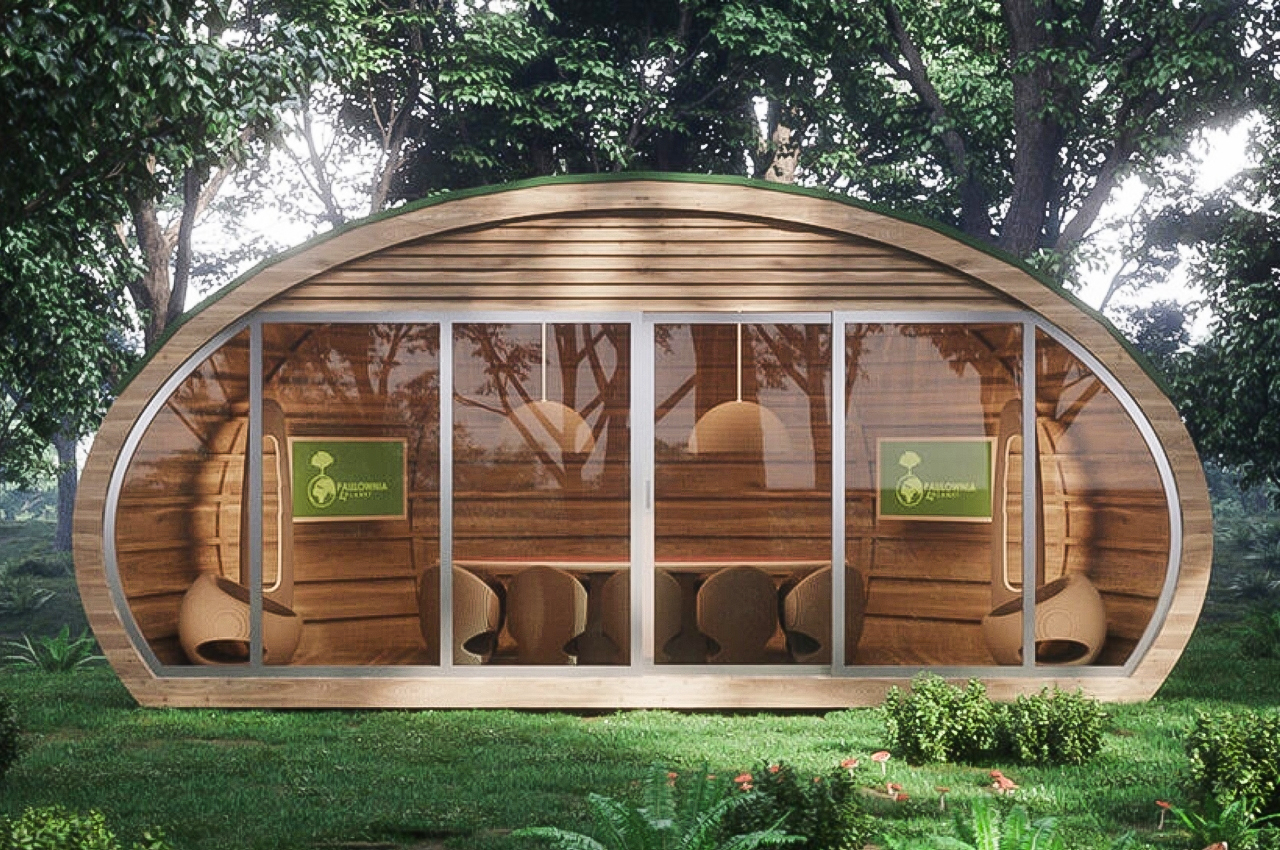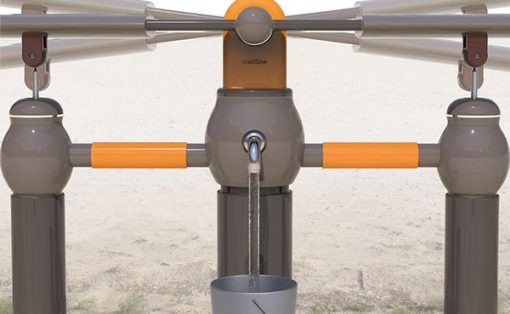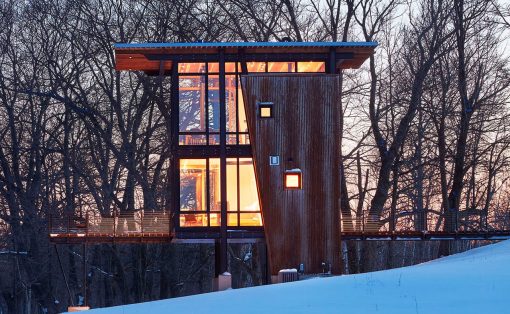
Having an enclosed space in the middle of a forest may be a dream come true for some people. I wouldn’t want to live there of course but it would be a good place to get away every once in a while and breathe in nature, literally. And if the said space is eco-sustainable and made from sustainable materials, that is definitely a plus, or rather a requirement. If you could bring said space outside of the forest to the concrete jungle, then that would be an ideal product.
Designer: Giancarlo Zema Design Group

Originally, the SEED Room was created to be part of the Trees Breathing Experience, located in a forest of Paulownia trees. The trees are connected to IoT sensors so they can track how these trees, which trap 50 tons of CO2 every year, have impacted the real world. The sensors send the data to machine-learning algorithms, arranged as digital avatars in blockchain, and then displayed in the pods where people can stay in the forest.

The eco-sustainable pods are made from the Paulownia trees that surround it, which can absorb 10 times more CO2 than most other trees. It is also shaped like a seed, hence the name. It is 25 square meters and also has 25 square meters of solar panels so it is self-sustaining. Even the furnishings inside of the SEED Room is made from recycled cardboard from Origami Furniture. Each unit is 98% recyclable and has internal micro-ventilation and cooling systems. This means they are considered low-consumption residential habitats.

You can make the pod a living space or a workspace and can be recreated for other places, whether in the middle of nature just like the Trees Breathing Experience or in eco-resorts or even in spaces where there is no nature around. But for its original purpose, they used special sensors connected to trees and the movement will create original music. They also created aromatherapy that’s inspired by the trees’ flowers, leaves, and bark.

This is not just an eco-sustainable space that you can use but it’s part of a climate initiative that will show the ecological and economic value of plants like the Paulownia trees. Well, that is if you still need more evidence that having more trees is important.






